Installing a surveillance camera seems simple at first glance – but many users make small mistakes that can have major consequences for security and functionality later on. In this article, we'll show you the five most common installation mistakes with surveillance cameras – and how you can easily avoid them.
1. Incorrect positioning of the camera
The problem:
Cameras are often installed too high, too low, or poorly aligned. This results in key areas—such as the entrance or a vehicle's license plate—not being optimally captured.
The solution:
Choose a mounting location with a clear view of the desired area. A height of between 2.5 and 3 meters is ideal. Position the camera so it faces slightly downward and covers as much area as possible. Also pay attention to backlight sources such as streetlights or sunlight.
2. Insufficient Wi-Fi connection
The problem:
Many cameras are installed in locations with weak Wi-Fi signals, resulting in lost connections, poor video quality, or significantly delayed push notifications.
The solution:
Our cameras and video doorbells require an internet speed of at least 5–10 Mbps upload at the installation location. Use a Wi-Fi meter or speed test app directly at the desired location. Our devices utilize particularly clever data compression – this ensures small data packets are sent even with weak connections, allowing fast access to live video. Our models are also equipped with high-quality Wi-Fi antennas that ensure a stable connection even over long distances.
3. Neglect of the power supply
The problem:
If there is no permanent power source or batteries are not charged infrequently, the camera can stop working – often just when it is needed.
The solution:
Plan your power supply in advance: Whether it's a power adapter, a fixed power cable, or solar power, choose a solution that will work reliably over the long term. Pay attention to the charging cycles of battery models and use spare batteries if necessary.
4. No protection from the weather
The problem:
If an indoor camera is mounted outdoors or is permanently exposed to rain, heat or snow, this can severely affect its lifespan.
The solution:
Only use weatherproof models with IP certification (e.g., IP65 or IP66) for outdoor use. Make sure the device is not exposed to direct water or intense sunlight. A slightly protected roof can help.
5. Lack of compliance with legal requirements
The problem:
Many users ignore data protection regulations during installation—especially when filming publicly accessible areas. This can result in legal consequences.
The solution:
Install cameras so that only your private area is monitored. Inform visitors about video surveillance with a clearly visible sign. Our devices also offer customized settings for motion detection and the detection of defined zones, allowing you to precisely control which areas are monitored.
Conclusion
With a little preparation and the right know-how, you can install your surveillance camera optimally—and benefit from increased security in the long run. If you have any questions about installation or choosing the right model, we're happy to provide you with personal advice.
The security experts at Weber Protect will be happy to help you analyze your individual security needs. A comprehensive security concept doesn't have to be expensive. You don't need to hire expensive contractors for Weber Protect's security products. You can install and configure all the products yourself.
Our range of security products offers everything you need to protect your home. Our video surveillance products protect your home from the front door to the garden.
Please visit our website or contact our customer service for individual advice:
Weber Protect Customer Service
Mon – Fri: 09:00 – 17:00
Phone: +49 (0)30 318765100
Email: info@weberprotect.com


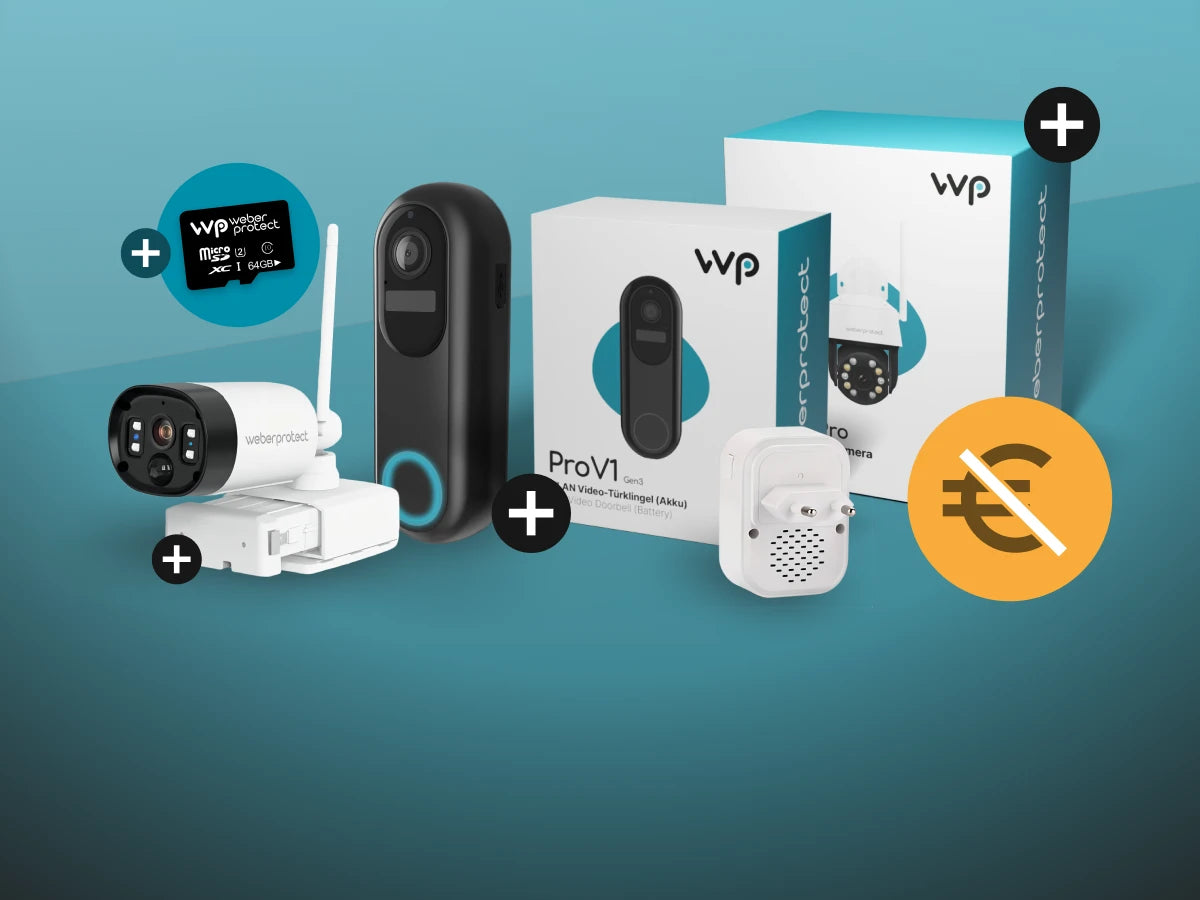
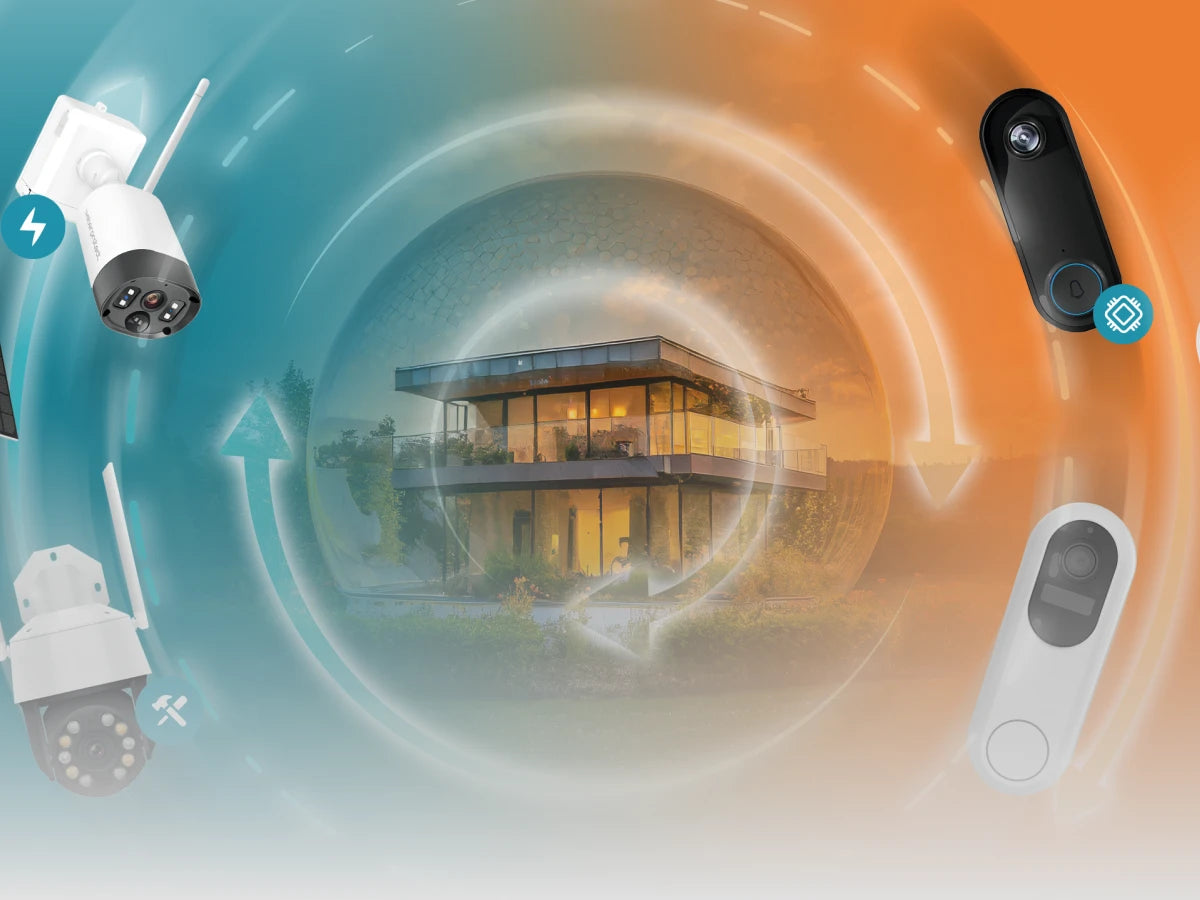
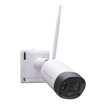
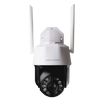
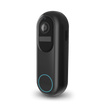
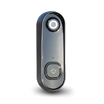
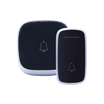
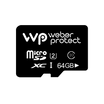
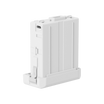
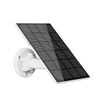
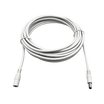
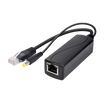
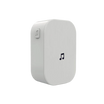
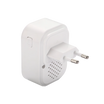
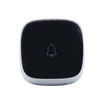
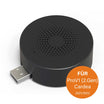

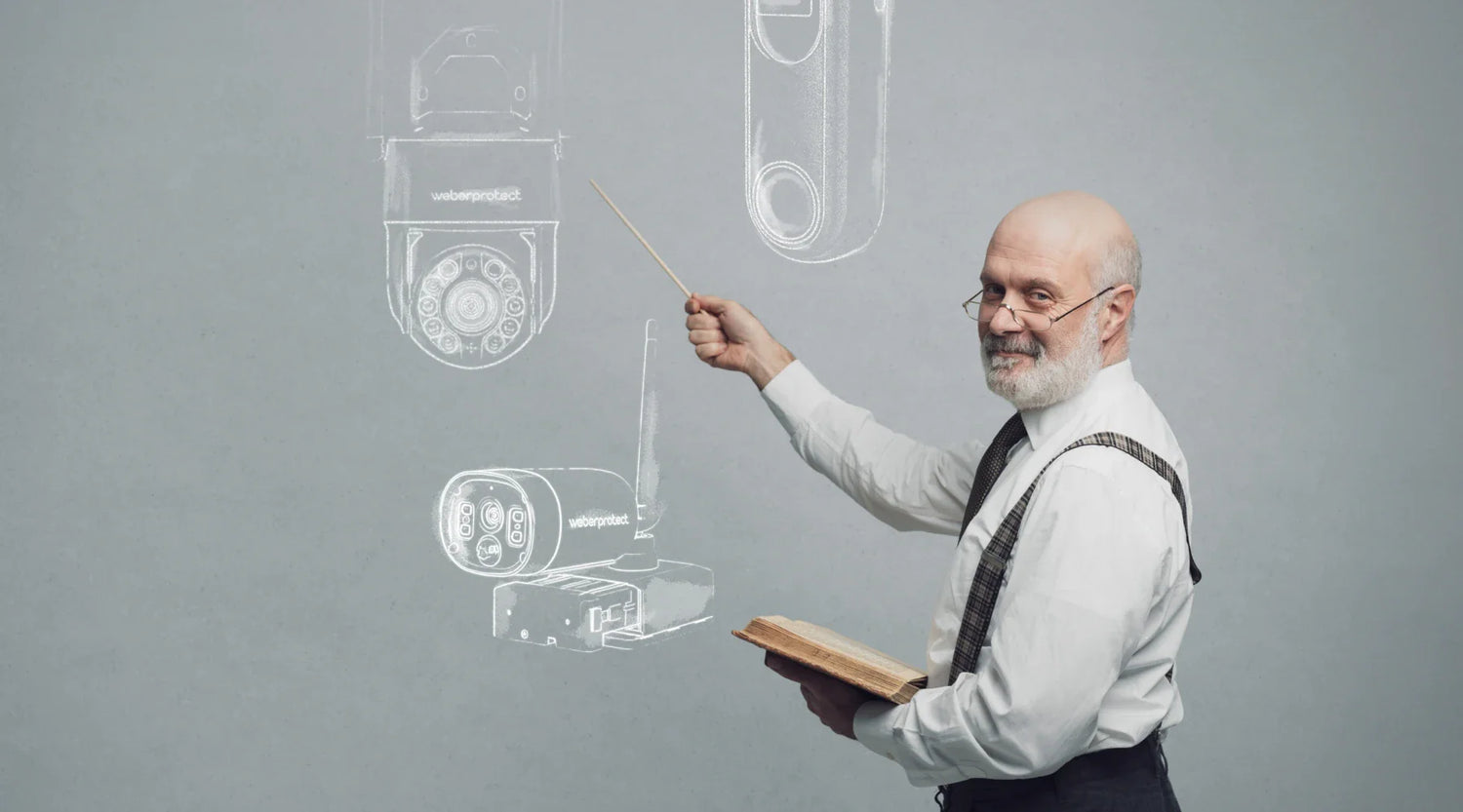
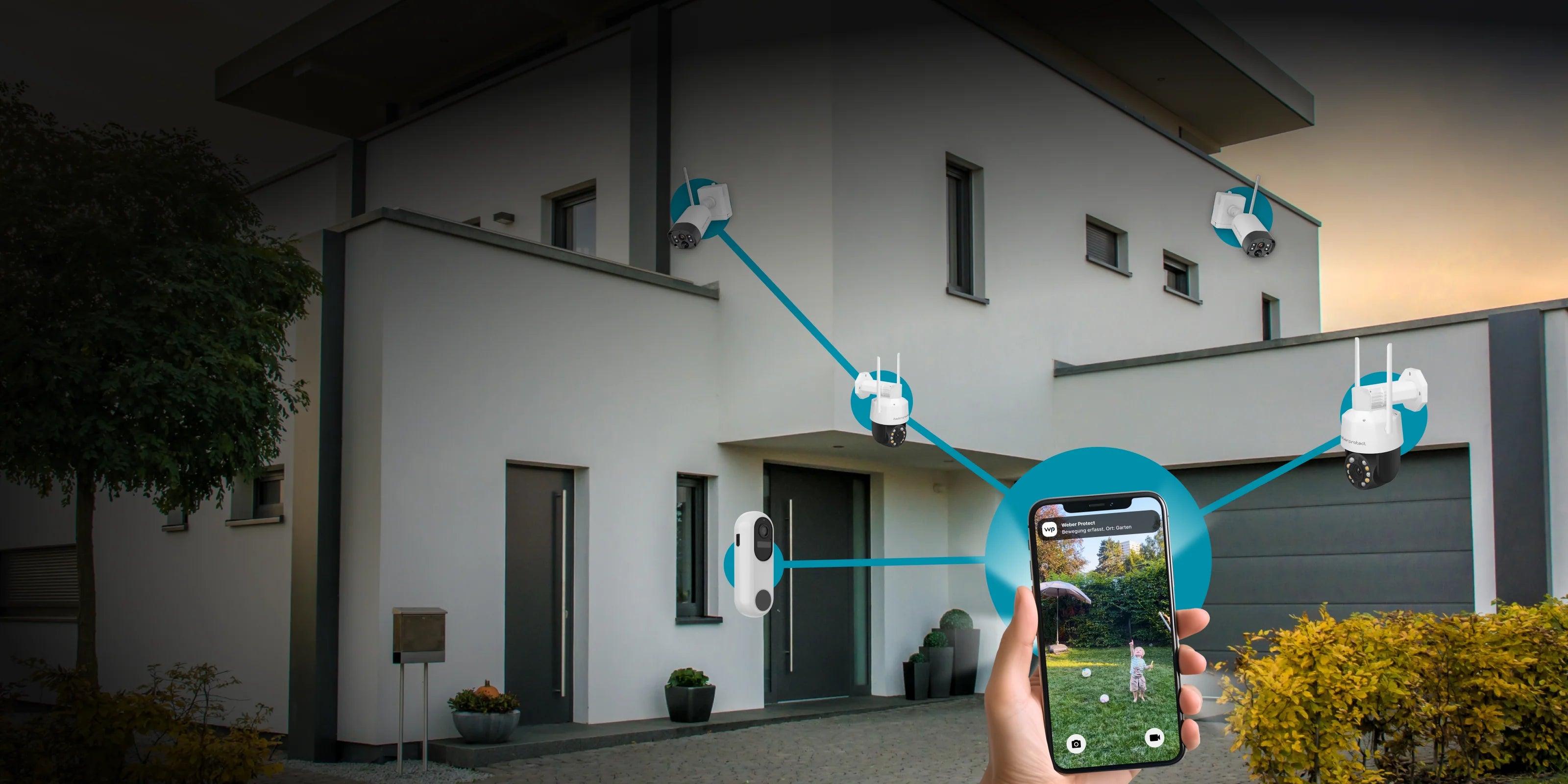
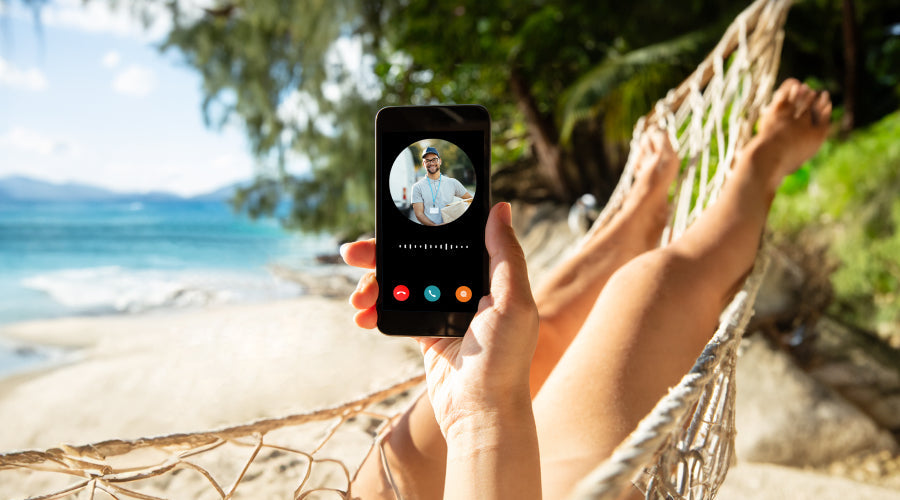
Leave a comment
This site is protected by hCaptcha and the hCaptcha Privacy Policy and Terms of Service apply.